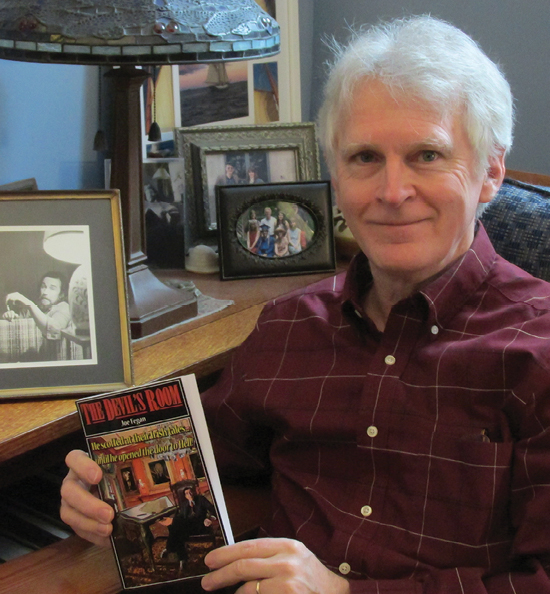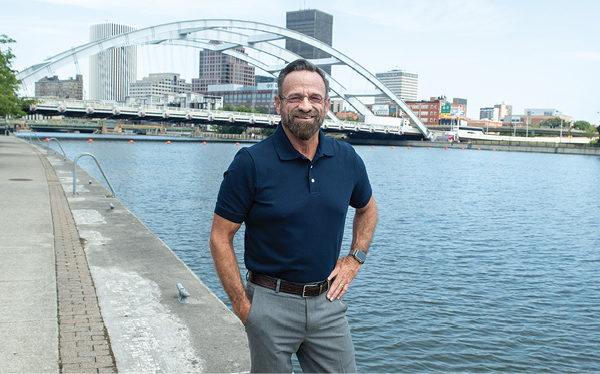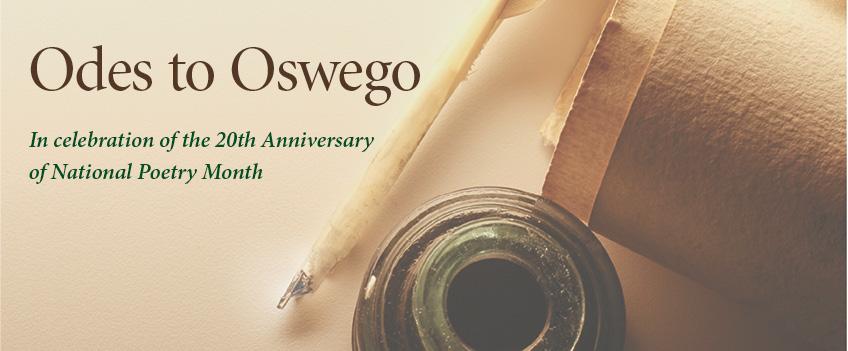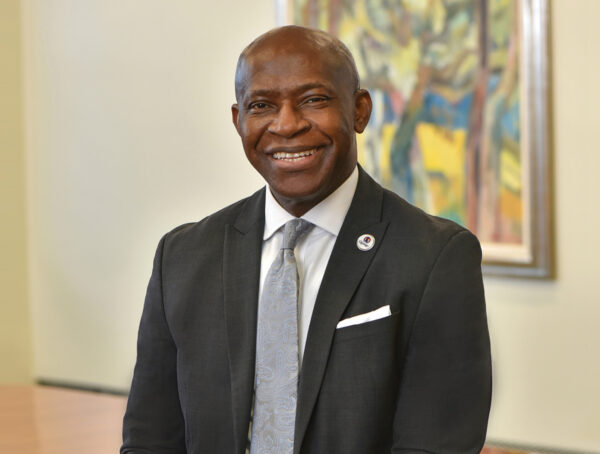As you get older you remember certain “red letter” days. One of those, for me, came in the summer of 1971 when I spotted a name in the Oswego course catalog: Campbell Black, a novelist who was teaching fiction in the English Department’s new writing program. That day was, as the cliché has it, the first day of the rest of my life.
I took three courses from Campbell, but I never learned a thing from him in those Sheldon Hall classrooms. At least, not in the usual sense of downloading facts. Campbell didn’t “teach”; he set the stage, and he expertly advised those wrestling with technical problems: plot, characters, etc. But it was basically your show, and you either produced or didn’t. He graded accordingly, but the real point was taking your role in the creative process seriously. I wrote a few things he liked, and we soon went from mentor and mentee to friends—a relationship that would last until his death in 2013. In the meantime he would publish scads of novels (mostly as Campbell Armstrong), a stunning piece of nonfiction (I Hope You Have a Good Life) and a satirical play that riled one of the world’s biggest entertainment companies (And They Used to Star in Movies, free online.)
Campbell wanted me to write fiction, but it wasn’t really my thing. I did become a writer, though, going from Oswego County weeklies to dailies, including the Philadelphia Inquirer, then doing PR work and finally, after marrying my Seneca 7 sweetheart Teri Blasko ’73 and having kids, a career as a financial writer and editor.
Campbell’s life was far more glamorous: a stream of hit thrillers, collaboration with brand-name talent in Hollywood and Manhattan, a best-selling novelization of Raiders of the Lost Ark. We sometimes lost track of each other, but one of us would always circle back. On St. Patrick’s Day in 1992 he called from Ireland, though the last I’d known he was living in Arizona. Soon we were reconnecting at his brooding Irish manse, the one he called “the mother of all money pits.” It was haunted to the rafters, although he refused to believe what he nevertheless couldn’t explain.
In that phenomenal pile, which Campbell had bought at the peak of his ardent love affair with Guinness stout, someone had walled off a small inside space. Legend had it that the first owner’s rash words had given the foul fiend entrée to it; hence the strange wall. Campbell said he’d considered taking it down, but the local contractors, otherwise so cooperative, had declined. Finally, the fiction bug bit me.
With Campbell’s unstinting aid, I puttered with The Devil’s Room for more than two decades, always meaning to present the first copy to him. He didn’t live to see it, but his death galvanized me into finishing it. He’d already earned my deepest thanks for introducing me to myself at Oswego, but at last his faith was vindicated: I did, as he always believed, have a novel in me.
By Jeff Durstewitz ’73
Jeff Durstewitz ’73, an English major, lives in Saratoga Springs, N.Y., and is co-author of the award-winning Bantam memoir Younger Than That Now—A Shared Passage From the Sixties, which incorporates memories of his Oswego days, including spring 1970. His new novel, The Devil’s Room (written under the name “Joe Fegan”), is available at Amazon.com.

You might also like
More from Issues
Vision for the Future
VISION for the Future Peter O. Nwosu began his tenure as the 11th president of SUNY Oswego, building on the solid …
Envisioning the Potential in All Students
ENVISIONING the Potential in All Students Educator donates $2 million in recognition of his Oswego education, in support of future teachers Frank …
A Vision of Support
A VISION of Support Award-winning principal makes an impact on her school through her positivity and commitment When Nicole Knapp Ey ’02 …














